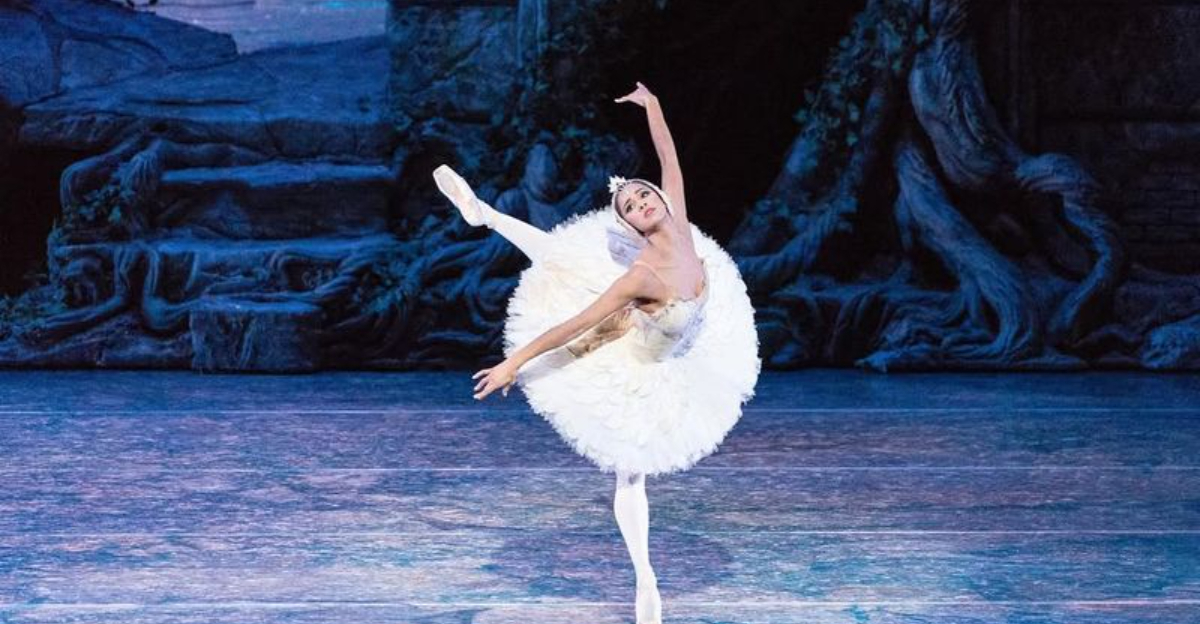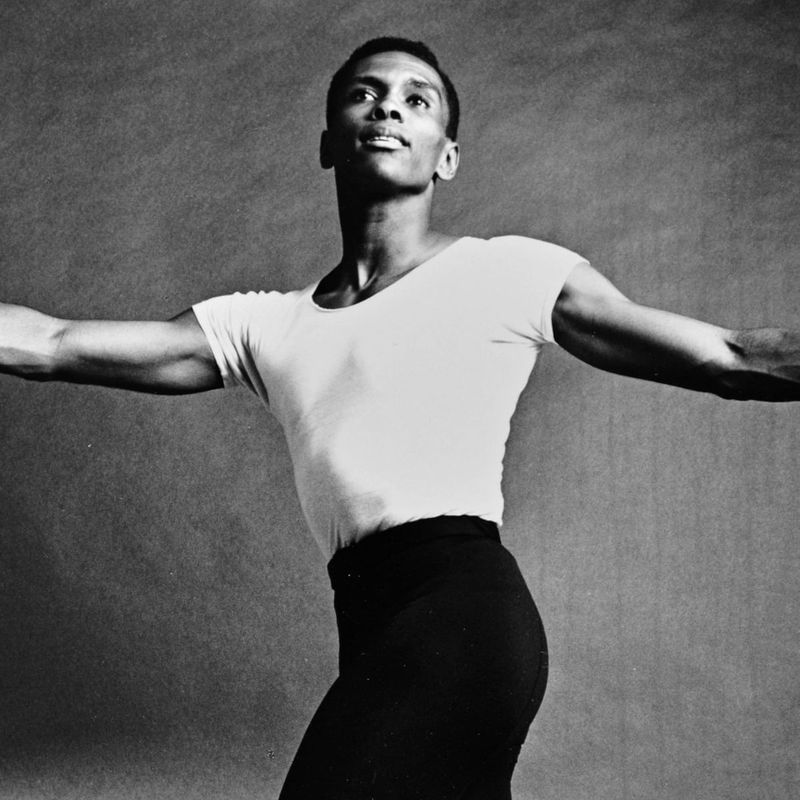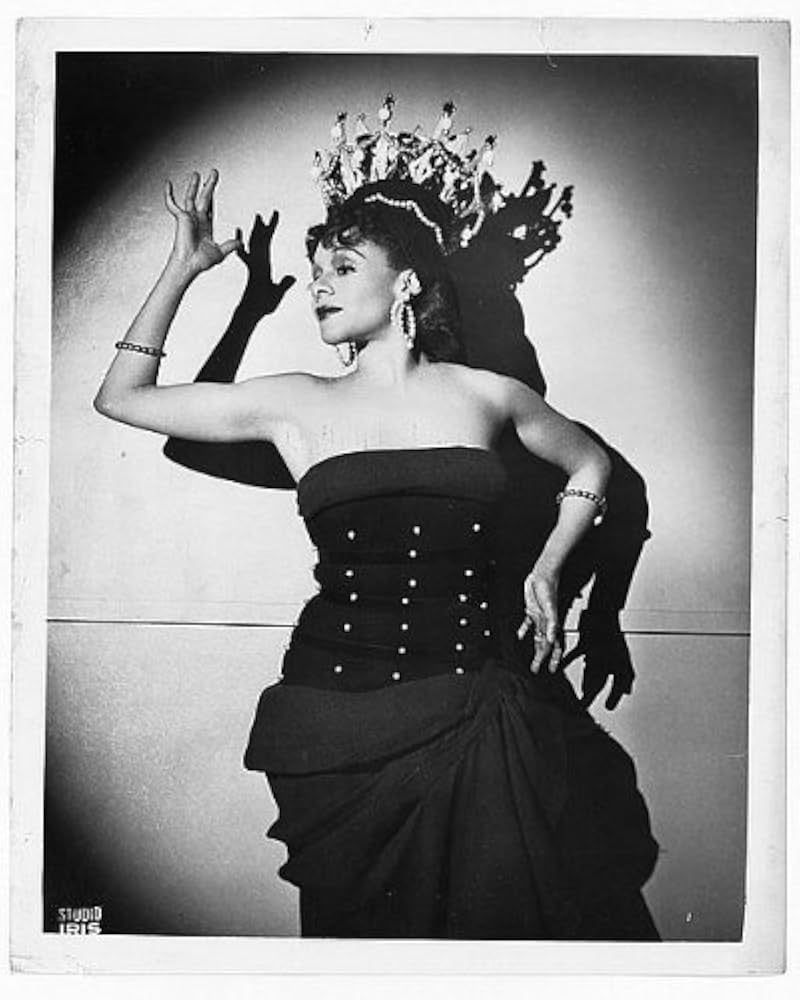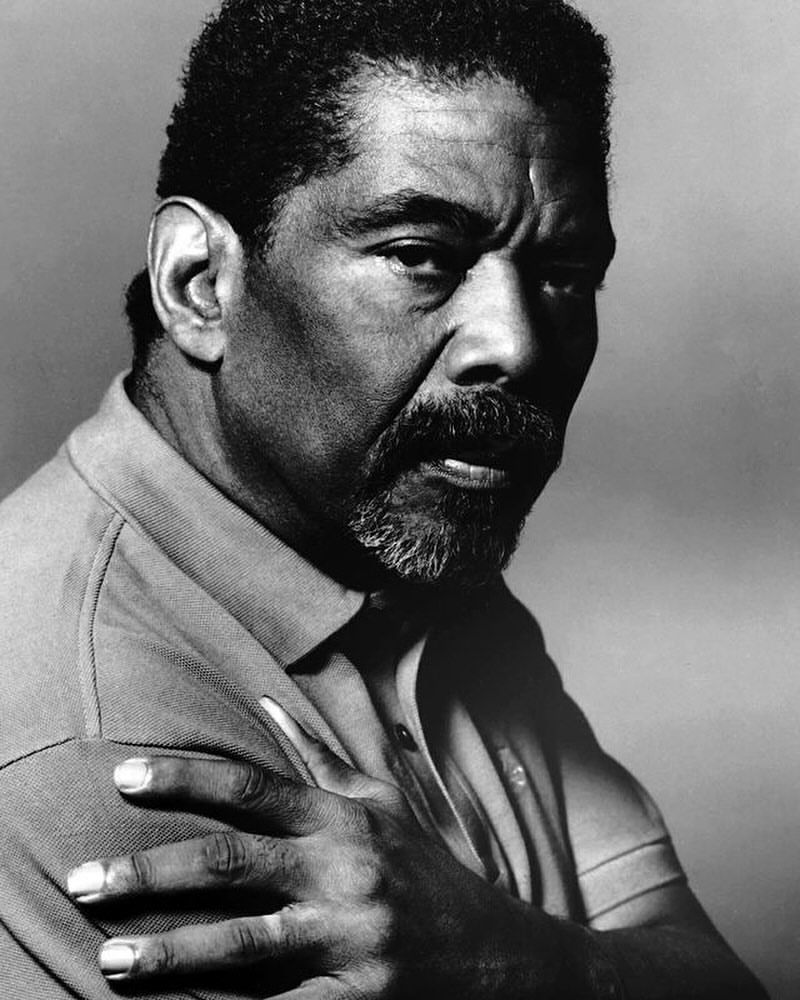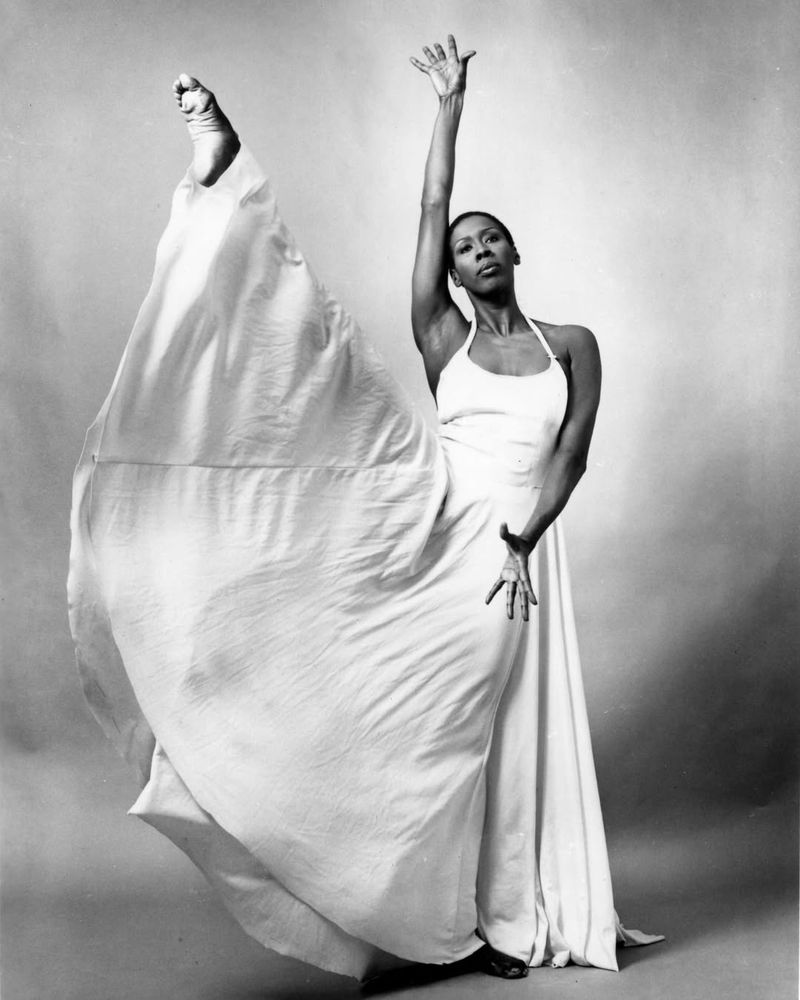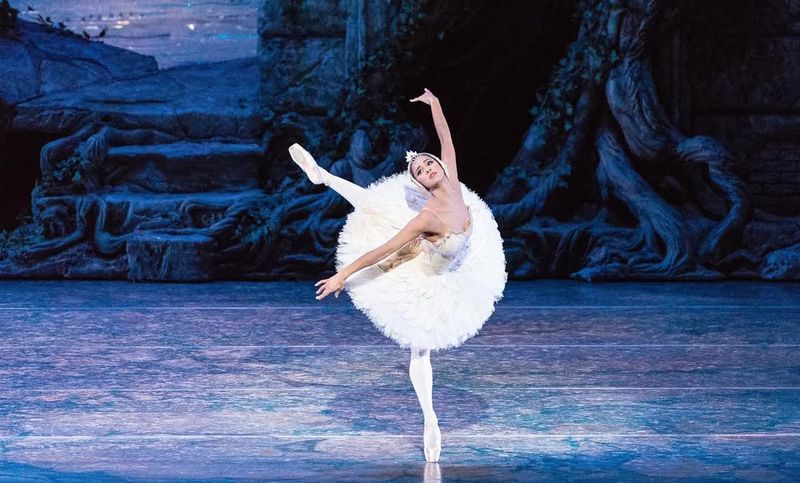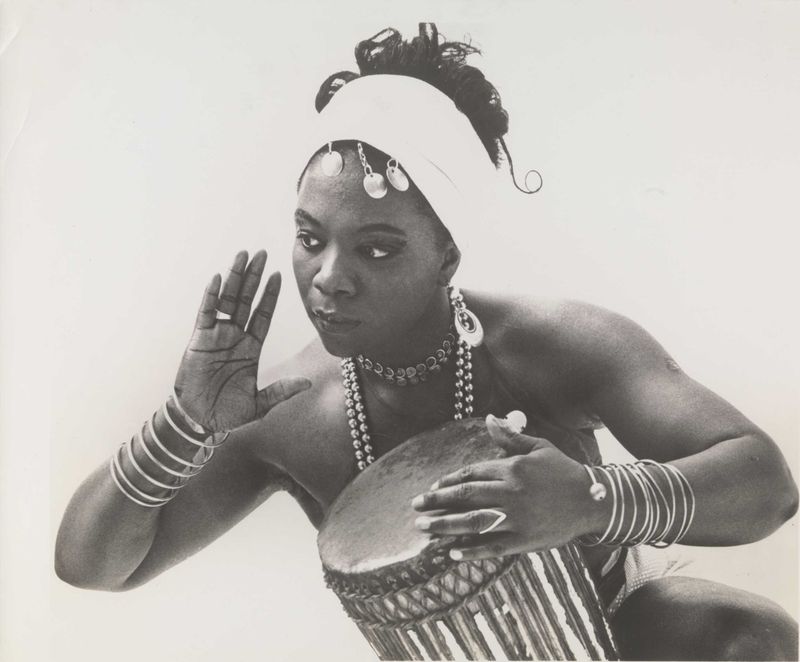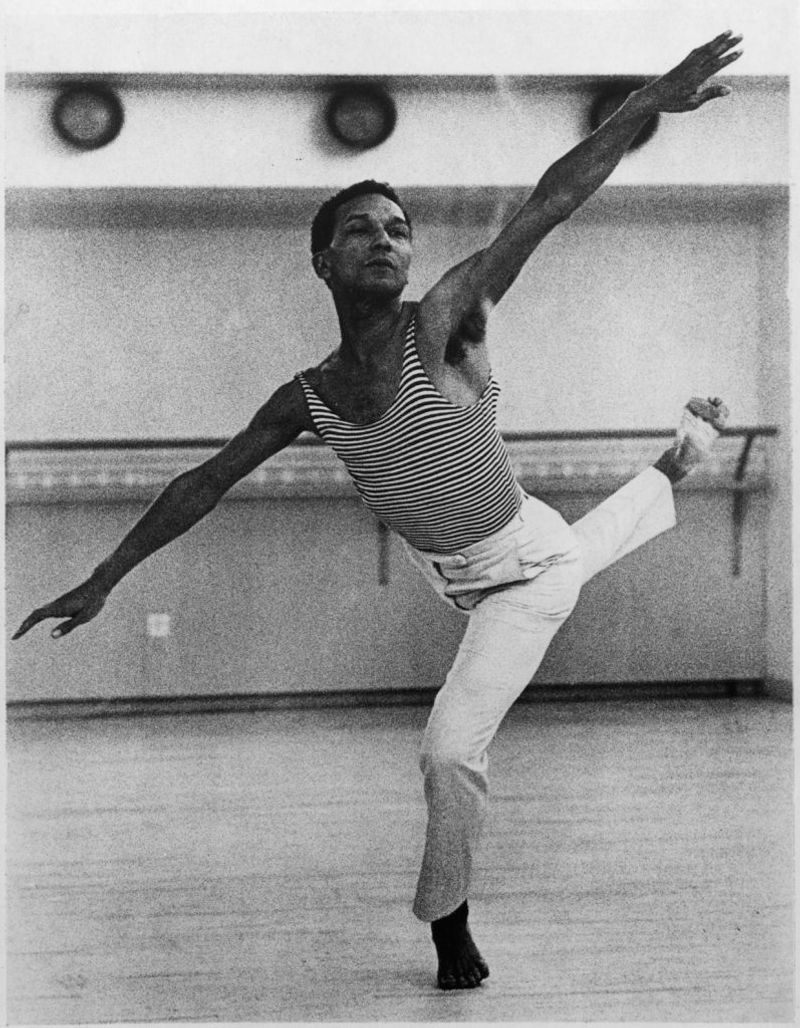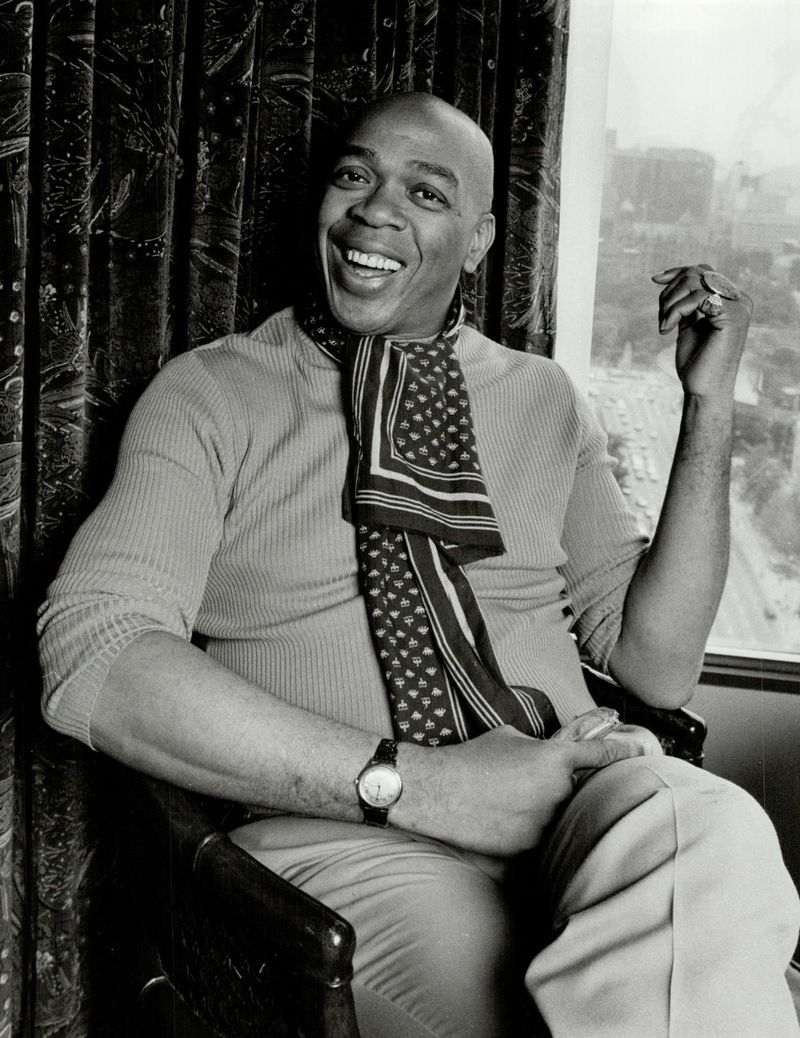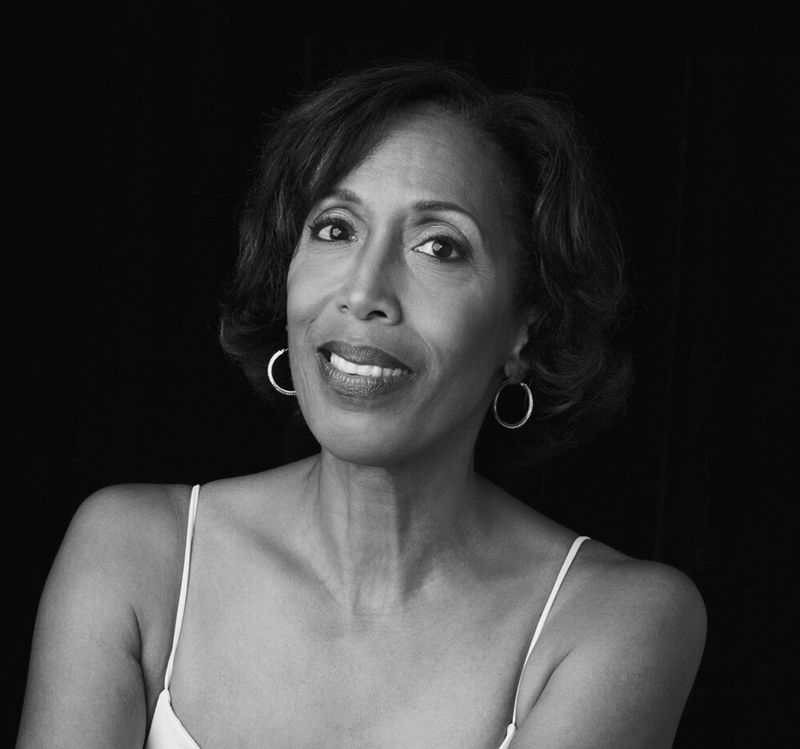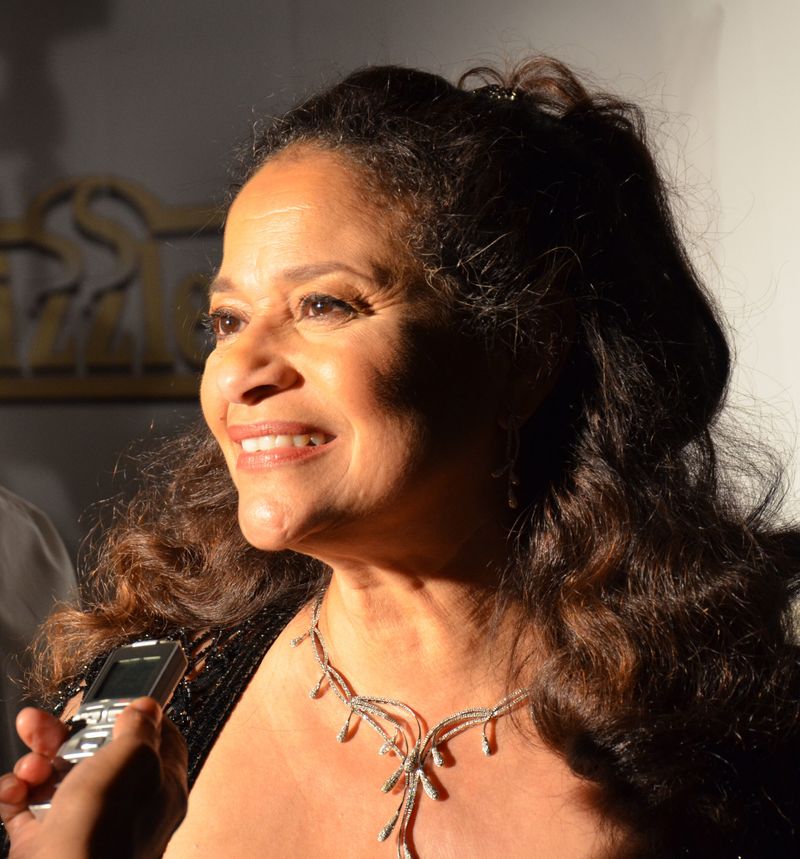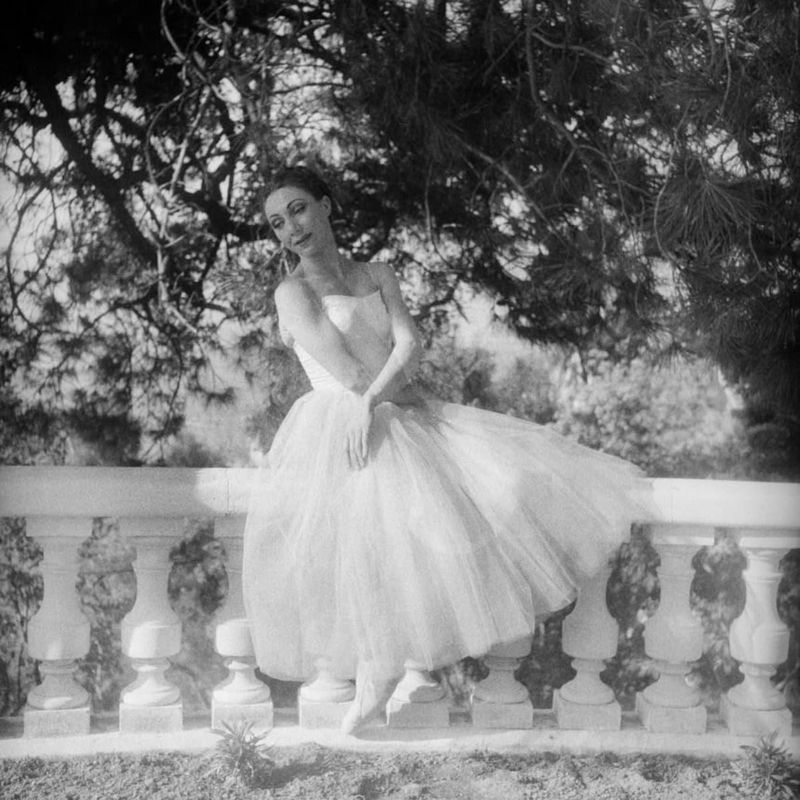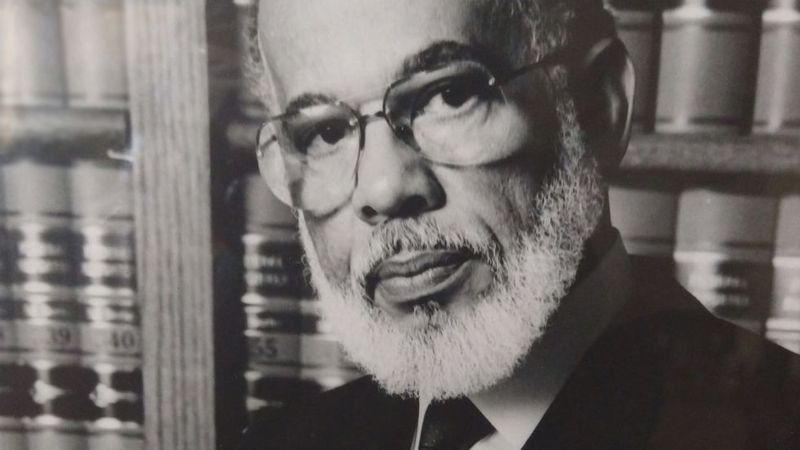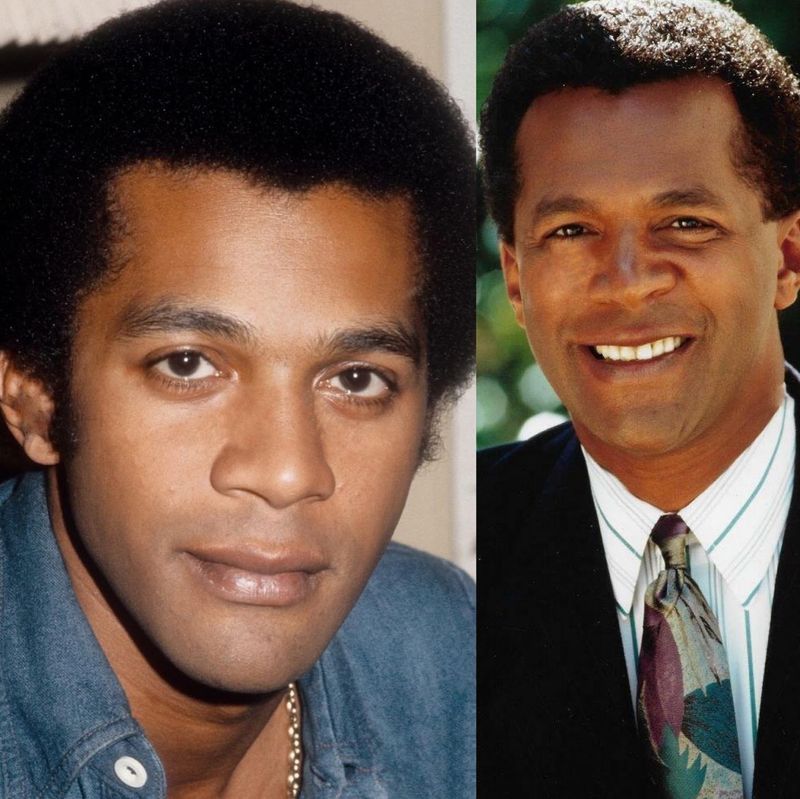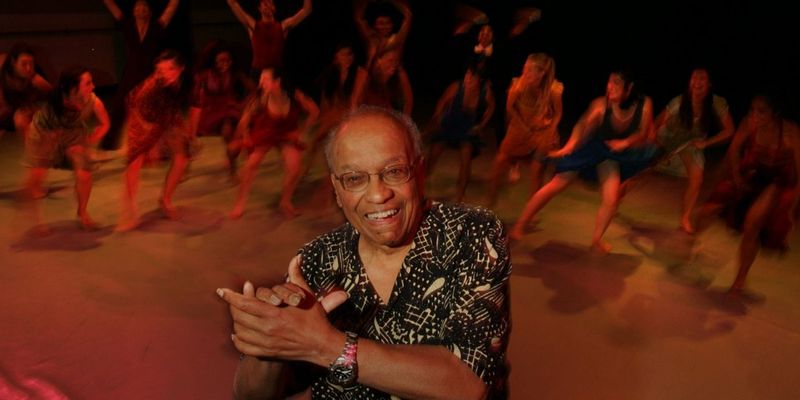Explore the lives and legacies of 15 trailblazing Black dancers who have left an indelible mark on the worlds of ballet and modern dance.
These extraordinary individuals broke barriers, redefined genres, and inspired countless others through their passion, artistry, and dedication.
1. Arthur Mitchell (1914–2018)
Arthur Mitchell was a visionary who redefined the landscape of American ballet. As the first African American principal dancer at the New York City Ballet, he shattered racial barriers.
In 1969, he founded the Dance Theatre of Harlem, creating opportunities for Black dancers. The company quickly gained international acclaim for its blend of classical ballet and cultural narratives.
Mitchell’s work not only uplifted African American dancers but also enriched the art form itself. His legacy lives on, inspiring future generations of dancers to pursue their dreams without limits.
2. Katherine Dunham (1909–2006)
Katherine Dunham was a groundbreaking dancer, choreographer, and anthropologist known for integrating African and Caribbean dance forms into modern dance.
Her innovative techniques transformed the dance world by introducing cultural elements that were often overlooked.
Dunham’s work showcased the richness of African diasporic traditions and challenged audiences to appreciate diverse expressions of movement.
Through her dance company, she trained a new generation of performers, instilling in them the importance of cultural heritage and artistic integrity. Her contributions laid the foundation for a more inclusive dance community.
3. Alvin Ailey (1931–1989)
Alvin Ailey founded the Alvin Ailey American Dance Theater, a company that celebrated African American cultural heritage through dance. His choreography was deeply emotive, often exploring themes of identity and social justice.
Ailey’s signature work, “Revelations,” remains a testament to his ability to convey complex emotions through movement. His vision extended beyond performance, focusing on education and outreach to bring dance to diverse communities.
Ailey’s dedication to excellence and innovation made him a towering figure in modern dance, influencing countless artists and uplifting the cultural narrative.
4. Judith Jamison (b. 1943)
Judith Jamison is renowned for her powerful performances and transformative leadership in the Alvin Ailey American Dance Theater. As a principal dancer, her commanding presence captivated audiences worldwide.
Later, as artistic director, she expanded the company’s repertoire, introducing new works and nurturing young talent. Jamison’s choreographic style is marked by its emotional depth and dynamic energy.
Her commitment to celebrating African American culture and her dedication to mentoring emerging artists have left a lasting impact on the dance community. Her influence continues to resonate within the world of modern dance.
5. Misty Copeland (b. 1982)
Misty Copeland made history as the first African American woman to become a principal dancer at the American Ballet Theatre. Her journey to the top was marked by perseverance, breaking barriers in a predominantly white industry.
Copeland’s artistry is characterized by her technical precision and expressive grace. She has become a symbol of diversity and representation in ballet, inspiring young dancers of color worldwide.
Beyond the stage, she advocates for inclusivity and serves as a role model through her writing and public appearances. Copeland’s impact extends far beyond her remarkable performances.
6. Pearl Primus (1919–1994)
Pearl Primus was a pioneering dancer and choreographer who introduced African dance aesthetics to modern dance. Her work was characterized by its dynamic energy and powerful storytelling.
Primus used her art to address social issues, drawing attention to the struggles and triumphs of African Americans. Her performances were a celebration of cultural identity and resilience.
Primus’s influence extended beyond the stage as she educated audiences and students about the richness of African traditions. Her legacy endures in the continued exploration of cultural narratives in dance.
7. Talley Beatty (1932–1995)
Talley Beatty was an influential modern dancer and choreographer known for his innovative works that challenged traditional boundaries.
His choreography often celebrated Black identity and culture, exploring themes of community and empowerment. Beatty’s dynamic style and use of narrative made his pieces both captivating and thought-provoking.
He was a mentor to many young dancers, encouraging them to explore their unique voices through movement.
Beatty’s contributions to modern dance continue to inspire choreographers and performers who seek to push the limits of expression and storytelling in dance.
8. Geoffrey Holder (1930–2014)
Geoffrey Holder was a multifaceted performer known for his commanding stage presence and distinctive style. As a dancer, choreographer, actor, and director, he left a lasting impression on dance, theater, and film.
Holder’s work was often characterized by its bold creativity and vibrant energy. His contributions extended beyond performance, as he brought a unique perspective to every project he undertook.
Holder’s ability to blend disciplines and challenge conventions made him a pioneer in the arts. His legacy is celebrated for its innovation and enduring impact on cultural expression.
9. Denise Jefferson (1944–2010)
Denise Jefferson was a dedicated advocate for dance education and the long-time director of the Dance Theatre of Harlem School. Her leadership nurtured generations of Black dancers, providing them with the tools and confidence to excel.
Jefferson’s commitment to artistic excellence and inclusivity enriched the American dance scene. She believed in the transformative power of dance and worked tirelessly to ensure opportunities were accessible to all.
Her influence extended beyond the studio as she inspired a new wave of artists and educators committed to shaping the future of dance.
10. Debbie Allen (b. 1950)
Debbie Allen is a renowned dancer, choreographer, and television producer whose contributions have shaped modern dance and cultural representation on screen. Her dynamic style and creative vision have captivated audiences worldwide.
Allen’s work often highlights themes of empowerment and resilience, celebrating the richness of African American culture. As an educator, she has inspired countless young dancers to pursue their passion with dedication.
Allen’s influence extends into television and film, where she champions diversity and inclusivity. Her multifaceted career continues to inspire and uplift through the transformative power of dance.
11. Rosella Hightower (1920–2008)
Rosella Hightower was a pioneering ballerina who broke racial barriers in classical ballet. Her exceptional talent and dedication earned her acclaim in prestigious companies worldwide.
Hightower’s performances were marked by their elegance and precision, captivating audiences with her artistry. Beyond her stage career, she became a role model for aspiring Black dancers, demonstrating that excellence knows no boundaries.
Hightower’s influence extended into arts education, where she mentored young artists and promoted diversity in ballet. Her legacy is one of inspiration and progress, paving the way for future generations.
12. Alonzo King (b. 1949)
Alonzo King is celebrated for his visionary choreography that fuses ballet with modern dance. His works are known for their narrative depth and emotional resonance, often exploring themes of interconnectedness and humanity.
King’s dedication to artistic excellence has earned him international recognition and respect. Through his company, Alonzo King LINES Ballet, he has created a platform for innovation and experimentation in dance.
King’s influence extends beyond choreography, as he mentors young dancers and fosters a creative environment that encourages exploration and growth. His legacy is one of transformative artistry.
13. Chuck Davis (1940–1991)
Chuck Davis was a celebrated choreographer and dancer known for integrating African dance traditions with modern performance. His work was a vibrant celebration of cultural heritage, offering audiences a dynamic and enriching experience.
Davis’s commitment to authenticity and education made him a beloved figure in the dance community. He believed in the power of dance to unite and uplift, often involving audiences in his performances.
Davis’s legacy is reflected in the continued exploration of African influences in modern dance and his impact on promoting cultural understanding through the arts.
14. Donald McKayle (1914–1999)
Donald McKayle was a revolutionary modern dancer and choreographer whose works addressed social issues and showcased the resilience of the Black experience. His choreography was characterized by its emotional intensity and narrative richness.
McKayle’s pieces often explored themes of struggle and hope, resonating with audiences worldwide. As a mentor and educator, he inspired a new generation of dancers to use their art for social change.
McKayle’s contributions to dance have been widely recognized, and his influence continues to inspire artists to create meaningful and transformative work.
